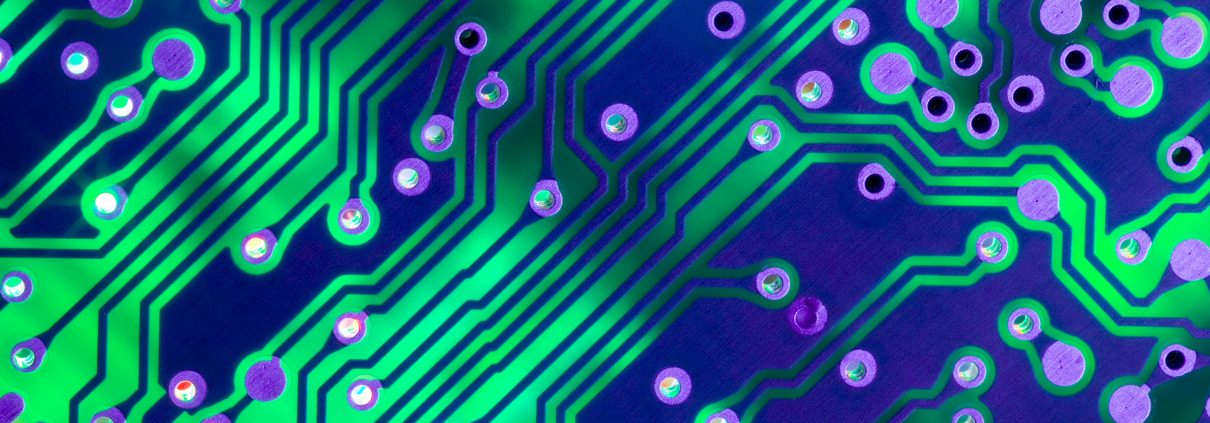How ageing components impact your servo amplifiers or drive
No matter how well made your servo amplifiers or drives are, there’s still a chance that the components in these and therefore the drives or amplifiers could break. The reasons for the breakage could be simply down to ageing, as most electronic devices and components have a certain age they will run to before they start functioning poorly or disintegrating. However, there are many other reasons these drives or amplifiers could break, including manufacturing faults, too much voltage or current running through them, the type of environment they are operating in and many more. More than likely though, they will fail due to ageing, so read on to find out how these will impact your drive, servo amplifier or PLC.
What is drive, amplifier and PLC ageing?
Generally, no matter what the drive or component or how much it is used, it will age over time due to chemical reactions taking place, which deteriorate components such as microprocessors, transistors, transformers and many other items which you may find on a circuit board. If too many of these components break, your servo amplifier or drive could break down for good, so it is best to learn how to identify what has broken so you know what to replace and to prevent it from happening again.
How to recognise ageing
The easiest way to spot a broken component, and the first thing you should start with, is examining the circuit board inside the drive or servo amplifier to see if any components have burnt out. Burnt out components are easily recognisable as they’ll look burned (generally a small black mark). Other visual clues can be leads that are tarnished, discolouration which would indicate overheating and leakage. There are generally date codes on most components, so if you know how long a component should last, these should be examined to find out if they have come to the end of their life. This is a good method to use if there are no other visual clues. It is usually cheaper and easier to replace the whole drive rather than a single component, but it is helpful to be able to spot problems, so you know if other parts, such as the cooling fan if you see overheating, needs replaced.
Replacement
It is, in most cases, cheaper to replace an entire circuit board, drive, or PLC than individual components and easier as well. We would recommend you keep spare drives and other parts, so you can quickly replace what’s broken.







